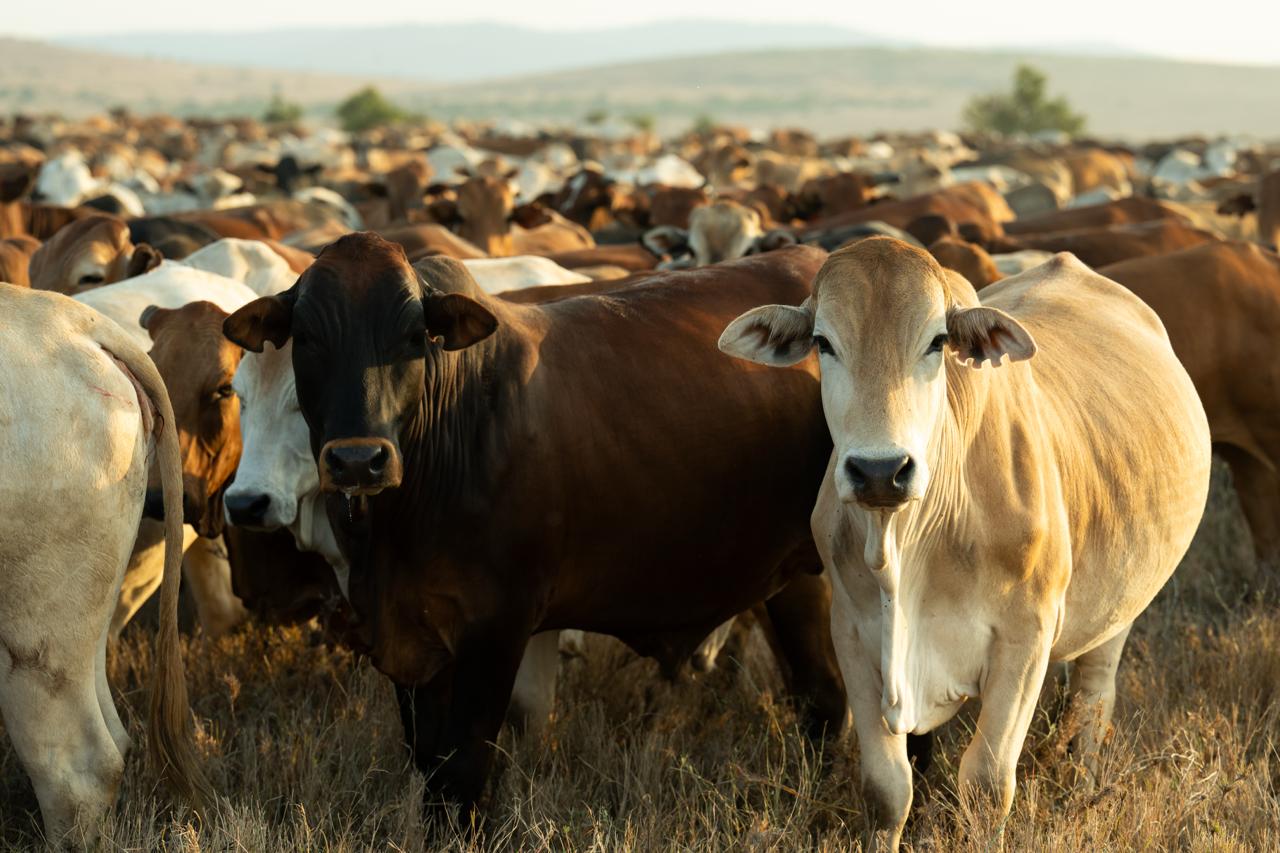
Northern Kenya had always been on my bucket list. I wanted to visit this vast region that I had often heard about in the news and studied in Geography lessons, its semi-arid conditions, majestic plains, and unique landscapes.
So, when the opportunity came to visit Borana Conservancy to film the regenerative work being done on the rangelands, I seized it. The result was our documentary Healing Rangelands.
Since its completion, the film has been selected as a finalist for the SER Film Festival in Denver, Colorado, where it will premiere on October 2.
The conservancy spans 32,000 acres. When we arrived, the sun was setting like a fiery orb over the rugged terrain, bathing the grasslands in golden light. The scene was breathtaking.
But this has not always been the case. In the mid-1980s, Borana suffered the effects of a severe drought. Livestock losses were widespread, and tension grew between communities, wildlife, and the land itself.
The rangelands were badly degraded, having endured decades of extractive practices that prioritized short-term gains over long-term sustainability. The land, stripped of resilience, became fragile and unproductive.
According to the National Environment Management Authority (NEMA), more than 70 per cent of land in Kenya faces degradation.
This poses not only environmental but also economic and social challenges. Borana demonstrates that reversing this trend requires a holistic approach, and urgent action.
One of the solutions, explains Lewellyn Dyer, a logistics and regeneration manager at Borana, lies in embracing permaculture. This is a nature-inspired agricultural system that gives depleted land a chance to heal. “Nature knows best how to repair itself,” he says.
At Borana, this philosophy is put into practice through methods such as digging swales, trenches designed to slow water runoff and allow it to seep into the soil.
For years, unchecked rainwater created massive erosion gullies across the conservancy. The swales now help capture water, restore soil moisture, and halt further erosion.
The Maiyanat Restoration Demonstration Plot, owned by the local community, provides a vivid example of permaculture’s potential. Here, swales have allowed grass to take root again, transforming what was once barren land into a productive ecosystem.
Dyer also champions vermiculture, the practice of raising worms to produce organic compost. This eco-friendly fertilizer enriches the soil without the use of chemicals.
Complementing this, cattle grazing is carefully managed through rotational systems. Using movable electric fencing, cattle are grazed intensively in one area and then shifted, giving the land time to recover.
But this is not a one-person effort. Dyer works closely with local leaders such as Benedetta Tinkoi, who grew up in the area and serves as an important bridge between the community and the conservancy.
Her cultural knowledge and leadership enable her to explain conservation practices in ways the community understands, while also voicing their concerns to the conservancy.
The success of land regeneration, however, depends heavily on how livestock is managed. Across degraded rangelands, cattle play a dual role, they can either contribute to degradation or, when managed properly, become a tool for restoration.
Ensuring success requires closely monitoring where and for how long they graze.
Today, Borana Conservancy is thriving. Regular rainfall has helped, but it is the deliberate adoption of regenerative practices, permaculture, vermiculture, and holistic grazing, that has revitalized the land.
Once brittle soil is now fertile and alive, nourished by composting systems and the natural work of worms. Cattle are no longer seen only as an economic asset but as a key component of ecological balance.
The relationship between people, livestock, and wildlife has also shifted. Where conflict once prevailed, cooperation now defines interactions. The community is more engaged in conservation, guided by a renewed respect for the land and its ecosystems.
A key figure in this process is Richie Van Aardt, Borana’s regenerative livestock manager. He views livestock as a crucial tool for restoring degraded ecosystems.
Working alongside Dyer and Tinkoi, he develops strategies for rotational grazing and land management. The three collaborate regularly, discussing ideas openly and respectfully, each contributing expertise and perspective.
Observing their teamwork was a lesson in how people with different roles and backgrounds can unite around a shared vision.
The changes at Borana are not just ecological, they are also deeply social.
Community members are witnessing the benefits of healthy rangelands, improved pasture, better livestock health, and a more resilient environment. Where degradation once symbolized despair, regeneration now inspires hope.
Visiting Borana and Maiyanat left me with a profound sense of optimism. The work being done here shows that there is a better, more sustainable way to live on this planet.
It reminds us that it is not too late to change course and that with commitment, collaboration, and respect for nature, healing the land is possible.
The author is a freelance journalist and creative writer.












